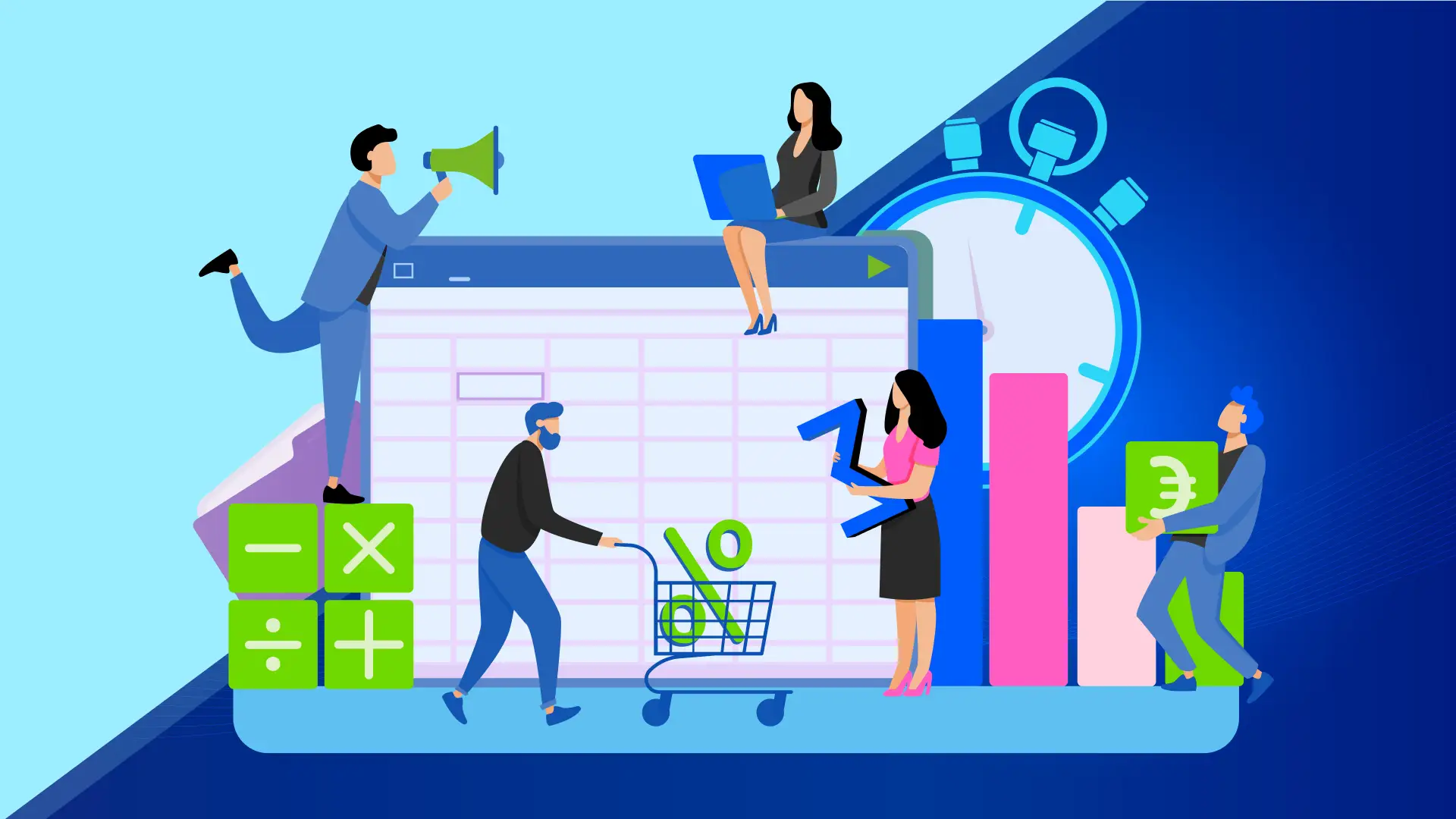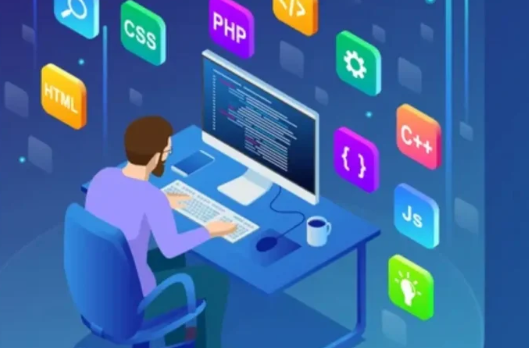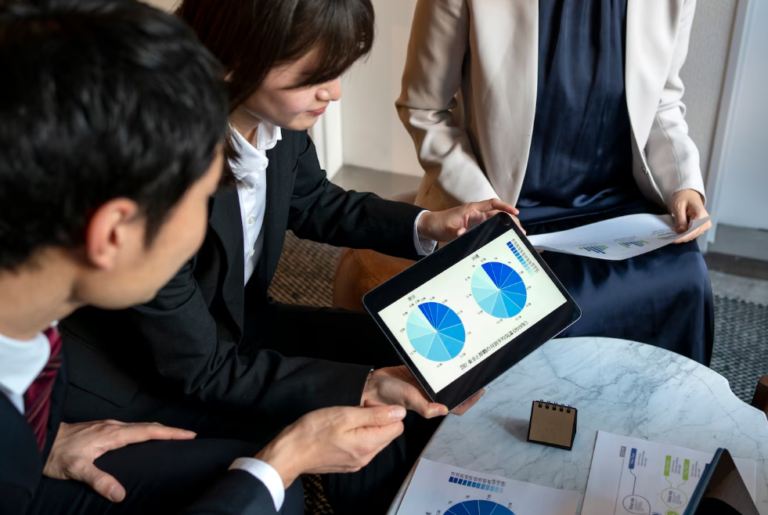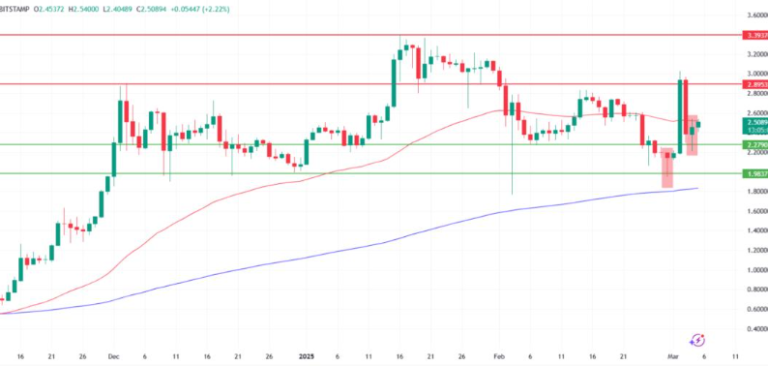Retail Analytics Software That Goes Beyond Sales Numbers
Retail is no longer just about how much you sell—it’s about how well you sell. Relying solely on sales numbers can leave major gaps in performance, customer experience, and team accountability. Today’s retailers need visibility into what drives those numbers, not just the outcome. That’s where retail analytics software makes a difference.
When paired with employee monitoring software, retail analytics tools give store managers and operators access to deeper insights: customer behavior, employee performance, store traffic patterns, and more. These tools go well beyond sales figures, revealing the true story behind store performance.
Let’s explore what modern retail analytics can really uncover—and how you can use it to improve results across your locations.
1. True Traffic vs. Footfall: Quality Over Quantity
Most stores track foot traffic. But raw footfall often includes staff, delivery workers, and non-buyers. It’s inaccurate—and unhelpful.
Retail analytics software uses enhanced tracking, often combined with employee monitoring software, to provide customer-only traffic data. This allows you to:
- Accurately measure conversion rates
- Align staffing with actual customer flow
- Spot times when store opportunity is high but underused
Understanding true traffic leads to smarter scheduling, better marketing attribution, and clearer performance benchmarks.
2. Rep-Level Conversion Insights
Sales numbers don’t show who contributed and who didn’t. One top-performing rep can carry a shift—or one underperformer can drag it down.
With rep-level analytics, you can see:
- Sales conversion rates per employee
- Idle vs. active time for each team member
- Which reps engage vs. those who miss customers
Employee monitoring software helps track behaviors like response time, shift presence, and time spent with customers—so managers coach the why, not just the what.
3. Unattended Customer Tracking
Every unattended customer is a missed opportunity—and one that most reports never catch.
Modern retail analytics software identifies:
- Customers who walked in and left without interaction
- Busy periods when reps were unavailable
- Which shifts or reps miss the most walk-ins
With this data, managers can spot gaps in floor coverage and prevent revenue loss from simple inattention.
4. Store Execution & Operational Compliance
Sales results can mask problems like late openings, empty stores, or missed breaks—all of which impact the customer experience.
Integrated retail analytics software and employee monitoring software can track:
- Actual store open/close times
- Team presence and compliance with shift schedules
- Store coverage throughout the day
These tools provide daily operational snapshots that help district leaders quickly spot and resolve non-compliance before it affects performance.
5. Idle Time & Engagement Patterns
Not all hours on the clock are equal. Time spent standing idle during high-traffic periods is a major risk to performance.
Employee monitoring software shows:
- How much of a shift is spent inactive
- When idle time overlaps with customer peaks
- Which reps are consistently engaged vs. absent on the floor
Reducing idle time—especially when paired with customer flow data—leads to higher conversion and better use of payroll.
6. Real-Time Alerts That Drive Action
Retail decisions are time-sensitive. The longer a performance issue goes unaddressed, the more revenue you lose.
With real-time alerts from retail analytics software, store managers get notified when:
- Conversion dips below target
- Reps miss multiple customer engagements
- Idle time exceeds acceptable limits
Instead of waiting for weekly recaps, teams can act immediately to recover lost performance.
7. Performance Benchmarks Across Stores
Sales reports don’t reflect the opportunity at each store. One store might sell more simply because it has more traffic—not better execution.
With standardized metrics from retail analytics software, you can:
- Compare locations based on traffic-adjusted conversion
- Identify high-performing managers or reps
- Set realistic, fair goals across different store profiles
This helps multi-unit retailers replicate success—and fix what’s not working—based on actual conditions.
8. Smart Scheduling Based on Data, Not Guesswork
Poor schedules lead to underperformance—not because of the people, but because of poor alignment with store needs.
Analytics help optimize schedules by showing:
- Peak traffic times by hour and day
- When high-performing reps should be on the floor
- Which shifts have the most missed opportunities
Scheduling with data reduces payroll waste, boosts conversion, and keeps your best people working when it matters most.
Read Also: Why QR Codes Are Everywhere—and How to Use Them
Conclusion: Go Beyond the Sale to Find the Truth
Sales numbers are only the result—not the full picture. To understand what drives performance, retailers must go deeper. That’s where modern retail analytics software and employee monitoring software provide game-changing visibility.
From tracking true customer traffic and rep behavior to uncovering idle time and lost opportunities, these tools give you what sales reports can’t: the why behind the numbers. And when you know why, you can improve how.
Smarter decisions come from smarter data. Go beyond sales—and see the full story behind your store performance.
FAQs: Retail Analytics Software & Employee Monitoring Software
Q1: Why aren’t sales reports enough for store performance tracking?
Sales reports show outcomes but not the effort behind them. Retail analytics software reveals traffic, engagement, and rep behavior to explain how sales happen—or don’t.
Q2: How does employee monitoring software help with performance?
It tracks presence, activity, idle time, and engagement—so managers can support reps with specific coaching based on actual behavior.
Q3: Can these tools prevent revenue loss?
Yes. By identifying unattended customers, peak-hour gaps, and rep idle time, they help retailers fix issues before they impact the bottom line.
Q4: Is this software only for large retailers?
No. Single and multi-location retailers alike benefit from visibility into staffing effectiveness, scheduling alignment, and conversion data.
Q5: How quickly can I see value from using these tools?
Most users report measurable improvements in rep accountability, customer coverage, and sales conversion within 30–60 days of implementation.






